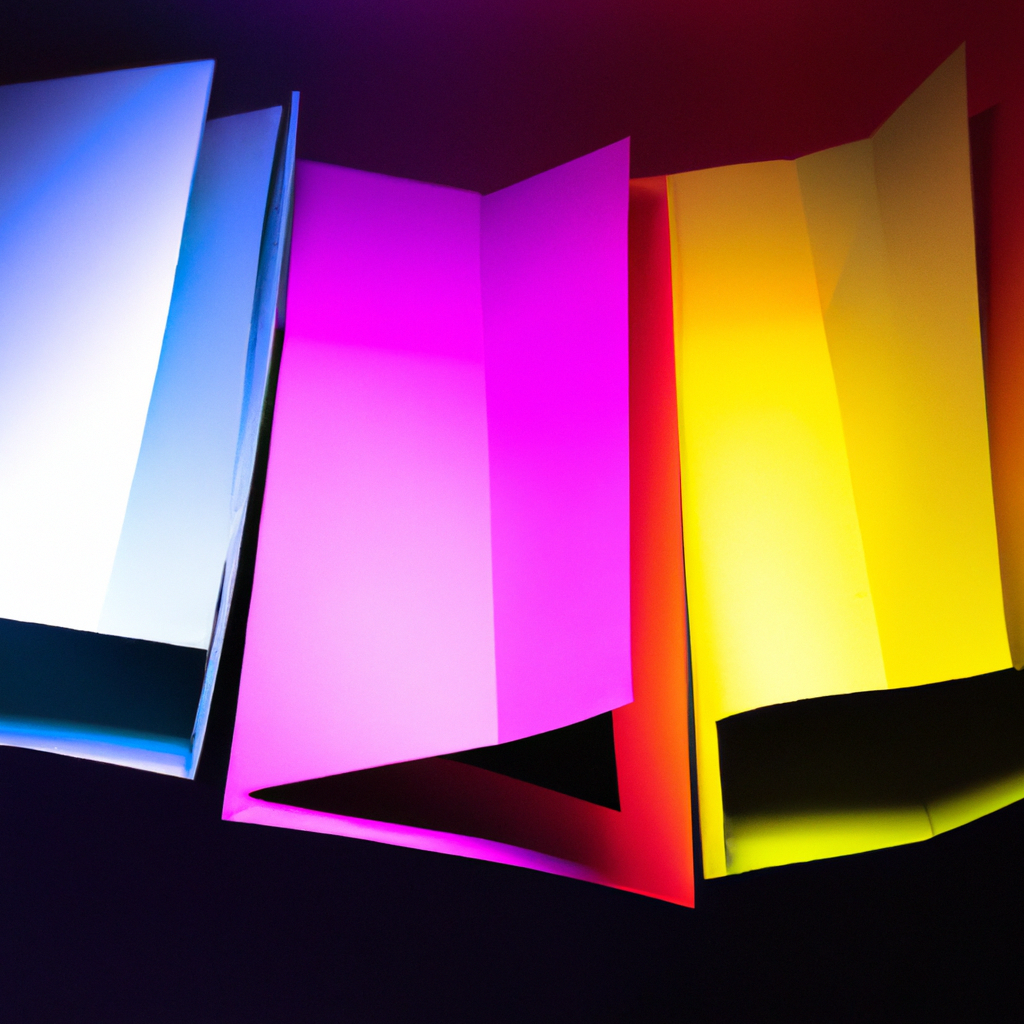
The Role of Color Psychology in Graphic Design
Hello fellow creativity enthusiasts and design aspirants! Let’s delve into the fascinating sphere of color psychology in graphic design. Musing over the last design that drew your attention, the chances are that color played a significant role. Whether it’s the calming blue of a corporate logo or the fiery red of a sale advertisement, colors hold the power to create a lasting impact. So, are you ready to venture deeper into the colorful maze of graphic design?
Unlocking the Essence of Color in Design
Before we take the leap, let’s demystify color psychology. Simply put, color psychology examines how different hues can have varying effects on human behavior, emotions, and perceptions. In graphic design, color psychology is instrumental in establishing the mood, evoking the desired emotions, and enhancing the aesthetic appeal of your designs.
Color Psychology: The Power Beyond Visual Appeal
The power of color in design goes beyond aesthetics; it’s a potent communication tool with immense psychological impact. The right choice of color can direct the viewer’s attention, influence their perception, and even stimulate specific emotions. This makes color psychology an essential element for every graphic designer to wield with mastery and finesse.
Navigating the Color Wheel: A Starter Guide
If colors seem bewildering, rest assured, here’s a simple five-step guide to mastering color psychology:
- Understand the basics, including primary, secondary, and tertiary colors.
- Learn about warm and cool shades and the emotions they elicit.
- Experiment with different color combinations and observe their effect.
- Consider your target audience and the cultural implications of colors.
- Use digital tools to aid color selection and coordination.
Moreover, several online tutorials and videos can help you understand color psychology more intuitively.
Color Psychology: The Subtle Game-Changer in Design
Effective use of color can subtly yet significantly enhance your design. It guides the viewer’s gaze, highlights essential elements, and creates a visually captivating experience. The potency of color often goes unnoticed, but its contribution to the success of a design is unequivocal. Hence, harnessing color psychology isn’t only an aesthetic journey but a strategic choice crucial in crafting compelling designs.
Color Psychology: The Secret Weapon of Successful Design
Regardless of your primary sphere of expertise in graphic design, understanding and leveraging color psychology can drastically elevate your work. Whether it’s designing an enticing website banner or creating an eye-catching print ad, the judicious use of colors can work wonders. So, are you ready to master the rainbow?
Color Psychology: Making Designs Speak
Colors in designs do more than just make them visually appealing; they let the designs communicate, touch emotions, and even tell a story. The right colors can guide the viewer through the design, enhancing the overall narrative. It not only aids in visualization but also brings the design to life. Therefore, mastering color psychology can gift your designs the power to touch hearts and minds.
Color Psychology in Graphic Design: Key Takeaways
Here’s what you can achieve by applying the principles of color psychology in your designs:
- Set the mood and tone for your designs, aligning them with the desired emotional response.
- Create an aesthetically pleasing and visually coherent composition.
- Direct the viewer’s attention, highlighting the most crucial elements of your design.
- Communicate your design’s narrative, making it resonate with the viewer on a psychological level.
In the enchanting domain of graphic design, mastering the psychological nuances of color can catapult your design skills to new heights. So, why wait? Dive into the vibrant world of color, and give your designs the power to captivate, communicate, and leave an indelible impact. After all, colors do speak louder than words!